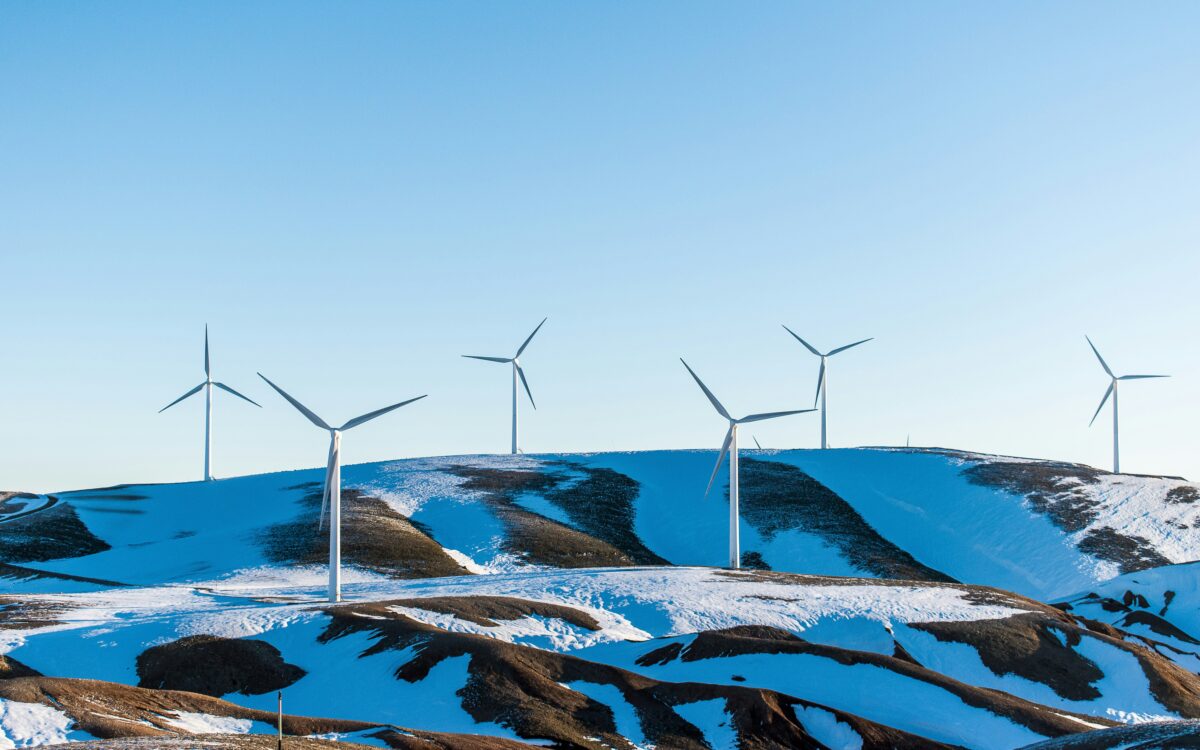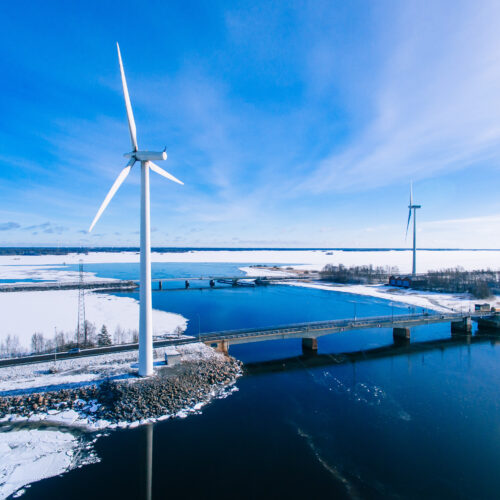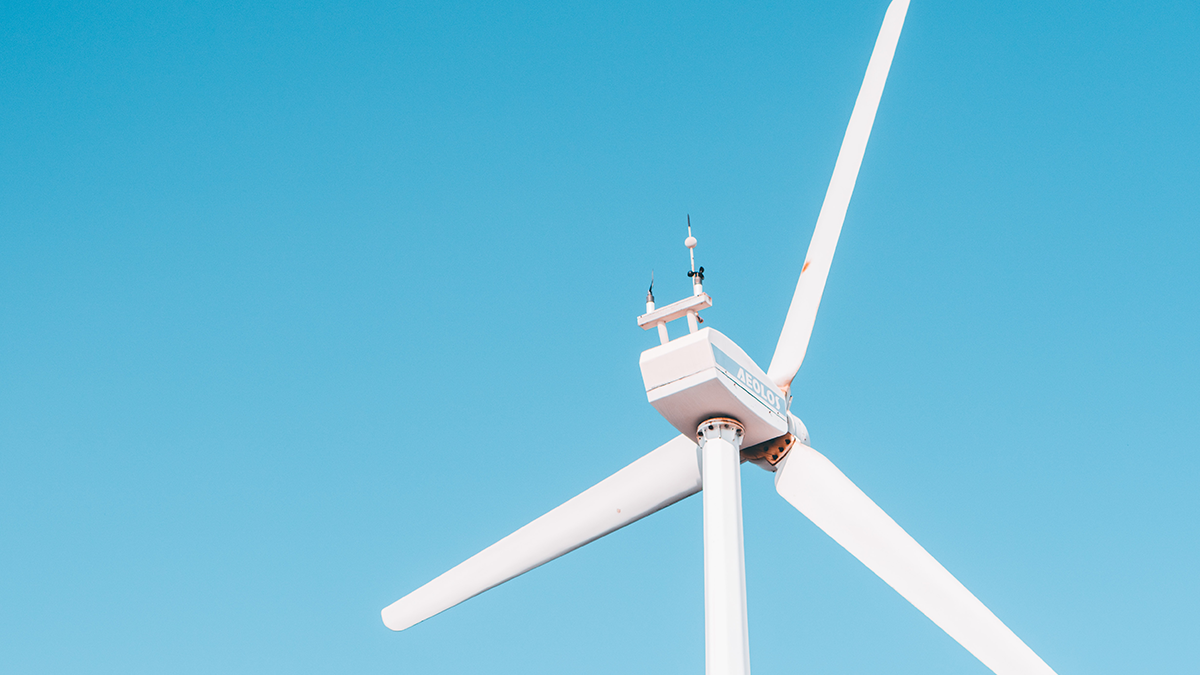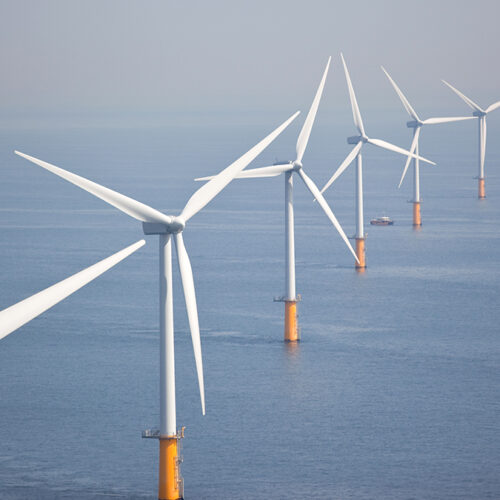In the quest for sustainable energy sources, renewable energy has emerged as a beacon of hope for a greener future. Among the various renewable energy technologies, wind turbines have garnered significant attention for their ability to harness the power of wind and convert it into electricity. This blog explores the role of turbines in shaping the future of renewable energy and the benefits they offer in mitigating climate change.
Harnessing the Power of Wind: Wind energy has been utilized for centuries, from traditional windmills grinding grains to modern wind turbines generating electricity. These turbines consist of large blades mounted on a tower, which rotate when exposed to the wind. As the blades spin, they turn a generator to produce electricity. This process is simple yet highly effective in converting wind energy into a usable form.
Advantages of Wind Turbines:
- Clean and Renewable: Wind turbines produce electricity without emitting greenhouse gases or other pollutants, making them a clean and environmentally friendly energy source. Unlike fossil fuels, wind energy is renewable and abundant, relying on the Earth’s natural wind patterns.
- Cost-Effective: Once installed, wind turbines have relatively low operational costs compared to traditional power plants. Additionally, advancements in technology have led to significant reductions in the cost of wind energy, making it increasingly competitive with fossil fuels.
- Energy Independence: By harnessing wind energy, countries can reduce their reliance on imported fossil fuels, enhancing energy security and independence. This diversification of energy sources also mitigates the risks associated with volatile oil and gas markets.
- Job Creation: The wind energy sector has the potential to create numerous jobs in manufacturing, installation, maintenance, and support services. As the industry continues to grow, it stimulates economic development in rural areas where wind farms are often located.
- Scalability: Wind turbines come in various sizes, from small-scale turbines suitable for residential use to large utility-scale turbines that can power entire communities. This scalability makes wind energy adaptable to different energy needs and geographic locations.
Challenges and Solutions: While wind turbines offer numerous benefits, they also face certain challenges that need to be addressed:
- Intermittency: Wind energy is variable and intermittent, as it depends on the availability of wind. To overcome this challenge, energy storage solutions such as batteries can be integrated into wind farms to store excess energy during periods of high wind and release it when needed.
- Environmental Impact: Although wind energy is considered environmentally friendly, the construction and operation of wind farms can have localized environmental impacts, such as habitat disruption and bird collisions. Proper siting, environmental assessments, and wildlife monitoring can help mitigate these impacts.
- Aesthetics and Community Acceptance: Some people may perceive wind turbines as visually intrusive or noisy, leading to opposition in certain communities. Engaging stakeholders early in the planning process, implementing effective communication strategies, and addressing concerns about visual and noise impacts can help foster community acceptance.
Future Outlook: Despite the challenges, the future of wind energy looks promising. Advancements in turbine technology, such as taller towers, longer blades, and improved aerodynamics, are increasing the efficiency and performance of wind turbines. Additionally, innovations in offshore wind farms and floating turbines open up new possibilities for harnessing wind energy in coastal areas and deep waters.
Conclusion: Wind turbines are playing a crucial role in powering the future of renewable energy by harnessing the abundant and clean energy of the wind. With ongoing technological advancements and supportive policies, wind energy has the potential to become a cornerstone of the global transition to a sustainable and low-carbon energy system. By embracing wind power, we can reduce greenhouse gas emissions, promote energy independence, create jobs, and pave the way towards a greener and more resilient future.
Through the exploration and adoption of renewable energy technologies like wind turbines, we can move closer to achieving a more sustainable and environmentally conscious world for generations to come.




